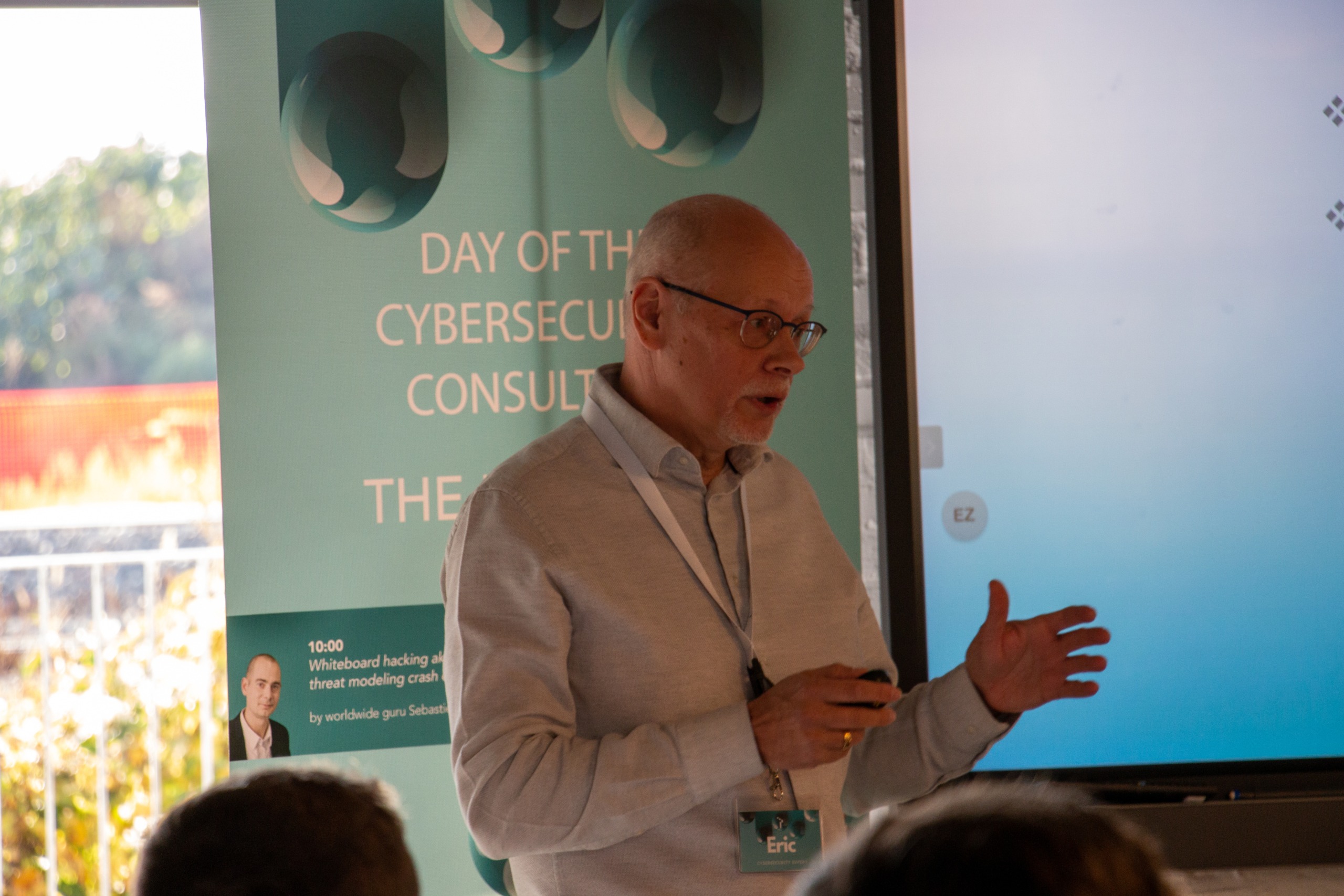Welcome!
Welcome to the second edition of our Chief Information Security Officer (CISO) newsletter!
As we delve deeper into the ever-evolving world of cybersecurity and the challenges faced by CISOs, we are excited to bring you the latest insights and updates in this issue.
In this edition, battle-tested CISO Patrick Van den Branden explains how to make your organization (more) cyber resilient. We take a deep dive into the new NIST CSF 2.0 framework and how AI will impact the CISO role. Finally, we provide a comprehensive Guide on cloud security for CISOs.






